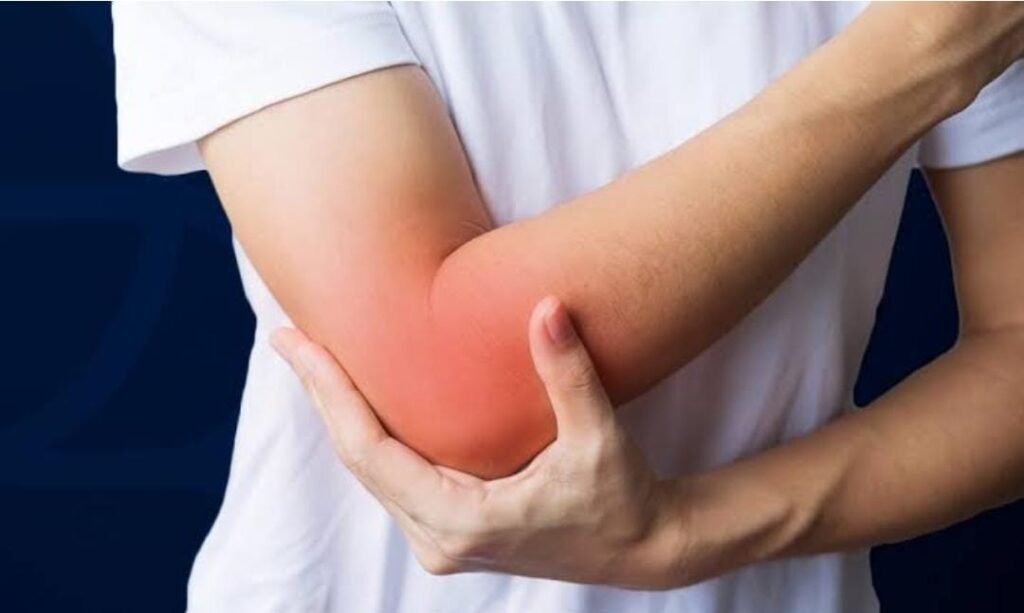
Tennis Elbow or Lateral Epicondylitis
Tennis elbow or lateral epicondylitis is a painful condition of forearm caused by irritation of forearm muscles at their origin, due to repetitive wrist and fingers movements.
Due to overuse, the forearm muscle fibers are damaged, and this wear and tear causes inflammatory reactions in the muscles.
Causes of tennis elbow –
1. Overuse – Repetitive finger and wrist movements
2. Sports related – Usually seen in tennis players
3. Age related – usually occurs between 30-50 yrs of age group without any precipitating factors.
4. Idiopathic.
Extensors carpi radialis brevis, it is the muscle of forearm, responsible for wrist and finger extension and act as a wrist stabilizer during tennis strokes. This muscle attaches to lateral epicondyle of humerus, hence microscopic tear in this muscle causes pain and swelling.
Symptoms –
Symptoms usually arise within weeks to months, and usually gets worse as time advances.
1. Pain in forearm
2. Swelling near elbow
3. Usually night pain
4. Pain increased with activities such as shaking a hand, holding a racket.
5. Weakness in gripping
These are some of the symptoms of tennis elbow which usually worsens as the irritation and inflammation advances.
Physiotherapy treatment for tennis elbow-
It is usually a reversible condition which can easily be managed by Physiotherapy interventions.
Some of the approaches are:
1. Electrotherapy – use of transcutaneous electric nerve stimulation or TENS and ultra sound recovers the damage fibers, and reduces pain.
2. Cryotherapy – icing over lateral epicondyle or outside of elbow joint, also decreases inflammatory process and heals the muscles.
3. Deep tissue friction – it is a massage technique, through which blood circulation is improved to the muscles, to promote their early recovery. It should be done as gentle transverse and circular strokes along the muscle fibers.

4. Acupuncture – Dry needling helps in disrupting the taut bands in muscles, hence promotes recovery and reduces pain. It is most fast and effective way to reduce muscle pain.
5. Stretching – stretching of arm and forearm muscles also relaxes the musculature.
6. Exercise – isotonic exercises, eccentric exercises, resisted TheraBand exercises of elbow, wrist and fingers are important for regenerate muscle strength.

7. Kinesio-taping – provides additional support to muscles, hence reduces muscle damage.
Additional support to elbow is provided by elbow supporters, which prevents muscle tearing when continuous movements are performed, hence plays an important role in improving the progress of tennis elbow.
TYNOR Tennis Elbow Support
Thus, it is an inflammatory condition of body, provoked by repetitive stress to forearm musculature, which can be easily prevented and altered through Physiotherapy.
